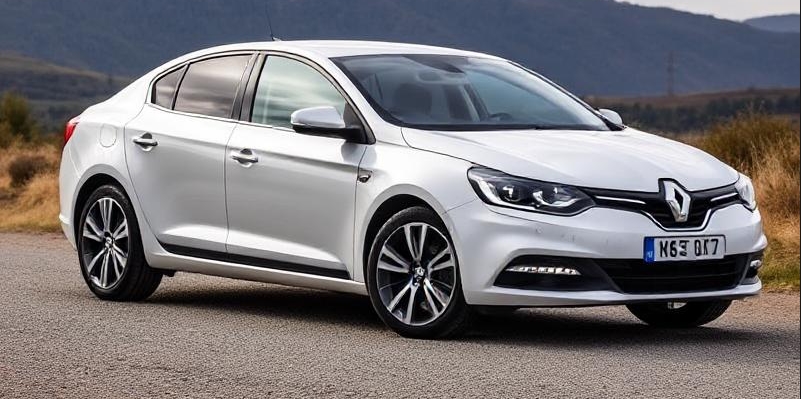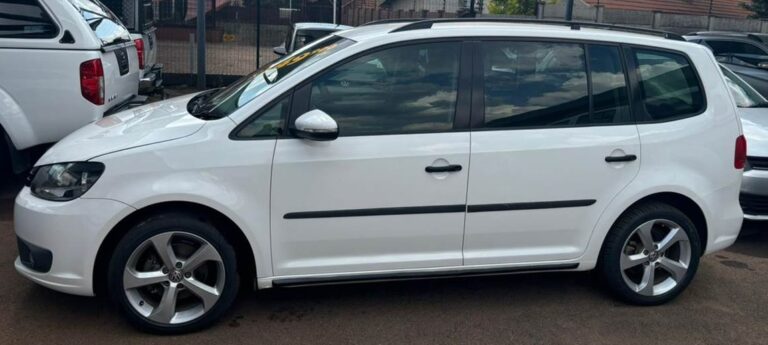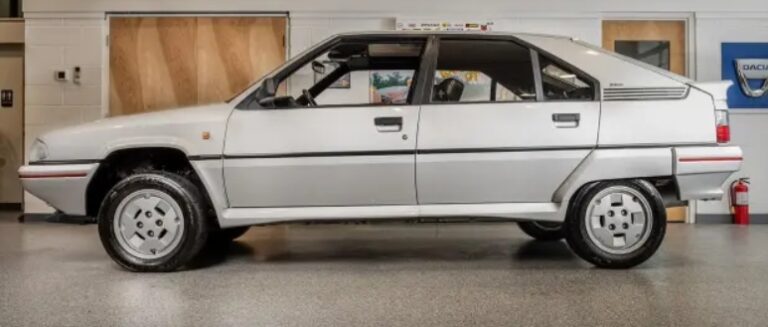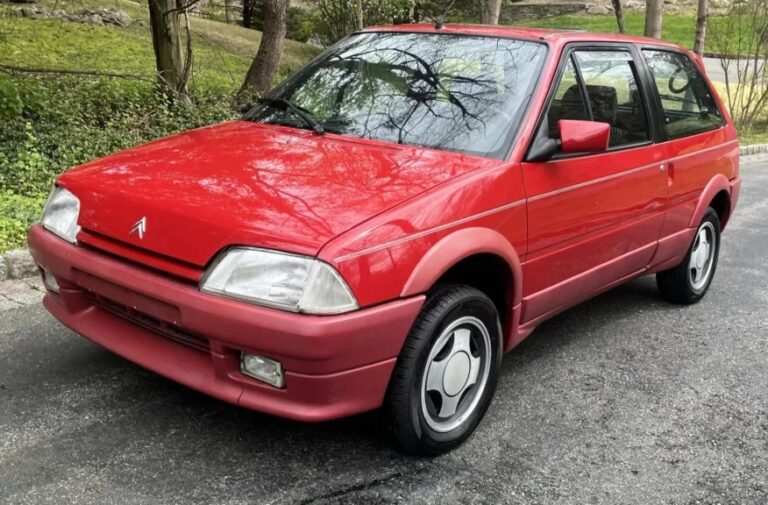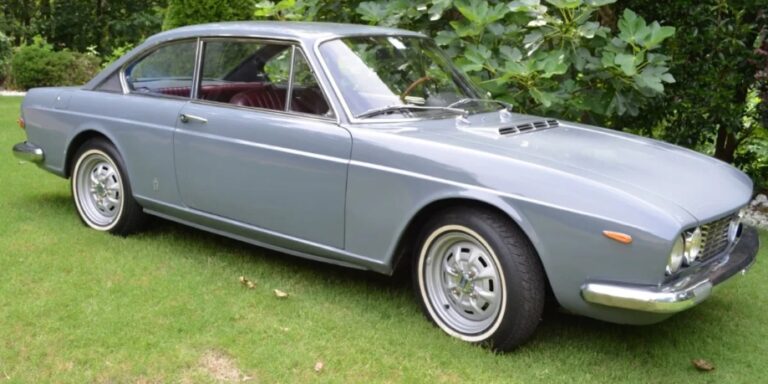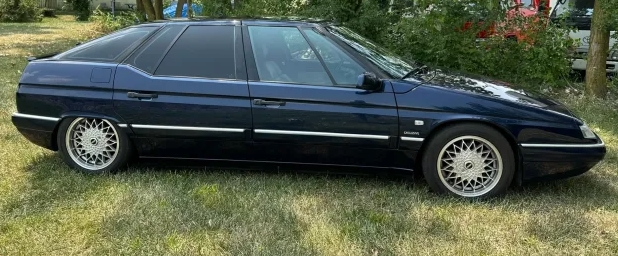The Evolution of the Renault Laguna: A Comprehensive Overview
The Renault Laguna, a compact executive car produced by the French automaker Renault, has experienced significant evolution since its debut in the mid-1990s. Known for its combination of practicality, comfort, and modern design, the Laguna has undergone multiple generations and transformations, reflecting changing consumer preferences, technological advancements, and Renault’s strategic direction. In this article, we will explore the evolution of the Renault Laguna, discussing its various models, trim levels, and the driving force behind its redesigns.
First Generation (1994-2001)
The Renault Laguna was first introduced in 1994 as a successor to the Renault 21, which had been in production since 1986. Available in three distinct body styles—sedan, hatchback, and estate (the Laguna Tourer in some markets)—the Laguna was built on the Renault Mégane platform, allowing for versatility and a wide range of engine options.
Models and Trim Levels:
The first generation was offered in multiple trim levels, including:
- Base Model: Feature limited, aimed at entry-level buyers.
- RN: Medium specification with a better range of comfort and convenience features.
- RT: Enhanced specification including upgrades in interior quality and technology.
- Initiale: Top-tier luxury trim with a focus on comfort and high-quality materials, equipped with amenities like leather upholstery and advanced sound systems.
This generation had a vast range of engine options, including 1.6L, 1.8L, and 2.0L petrol engines, along with 1.9L and later 2.2L diesel engines, appealing to a broad customer base.
.

.
Second Generation (2001-2007)
The second generation, launched in 2001, marked a significant departure in design, moving towards a more rounded and fluid appearance. The Laguna II focused on improving interior comfort, safety features, and onboard technology.
Models and Trim Levels:
The Laguna II was launched with several trim levels such as:
- Base (e.g., Expression): Entry-level features, designed for everyday usability.
- Dynamique: Offered more luxury features compared to the base model, including alloy wheels and improved interior trim.
- Privilège: Aimed at higher-end consumers with more advanced technology and comfort features.
- Initiale: The flagship model packed with premium materials, advanced technology, and a focus on passenger comfort.
The engine range expanded with the introduction of 1.5L and 2.0L diesel engines and the sports-oriented 3.0L V6 option. The Laguna II was notable for its safety performance, achieving high ratings in crash tests.
Third Generation (2007-2015)
In 2007, Renault unveiled the third generation of the Laguna, which continued to innovate and adapt to market demands. This version focused heavily on improving both driving dynamics and fuel efficiency. The design ethos became more aggressive, showcasing a bolder front end and streamlined sides.
Models and Trim Levels:
The Laguna III featured a refined range of trim levels, including:
- Expression: Basic model with essential features.
- Dynamique: Mid-range option with additional comfort and technology.
- GT Line: A nod to sporty aesthetics featuring unique styling cues and enhanced handling.
- Initiale: Luxurious finish and premium equipment with a focus on high-end features and comfort.
The engines offered a mix of petrol and diesel options, including the well-received 2.0L dCi and a more robust 2.0L turbo petrol, catering to drivers looking for performance and efficiency.
Fourth Generation (2015-2020)
Following the global economic shifts and changing consumer habits, Renault opted to replace the Laguna with the Renault Talisman in 2015. However, the Renault Laguna continued to enjoy recognition in some markets under different guises, particularly in estate models.
The fourth generation never formally launched as a direct successor, but the Talisman brought with it several aspects that resonated with loyal Laguna buyers, including a focus on comfort and technology.
Key Innovations and Features Across Generations
Throughout its run, the Renault Laguna has been characterized by several key features and innovations that set it apart from competitors:
- Safety: The Laguna consistently featured cutting-edge safety technology, performing well in Euro NCAP ratings, which bolstered Renault’s reputation for building safe vehicles.
- Technology: Each generation introduced advanced infotainment systems, navigation, and driver-assistance features like cruise control and parking assistance, leading the way towards more automated driving experiences.
- Environmental Considerations: With an increasing focus on emissions and fuel economy, Renault adapted engine technologies, heavily investing in diesel options, and later in eco-friendly petrol variants.
- Comfort and Interior Space: The Laguna has always emphasized interior comfort with spacious cabins and high-quality materials, appealing to families and business users alike.
Conclusion
The Renault Laguna, spanning over two decades, showcased Renault’s commitment to innovation, safety, and driver satisfaction. While it has officially been succeeded by the Talisman, the Laguna’s legacy lives on through the vehicles that followed. Each generation brought enhancements that reflected not only consumer preferences but also broader automotive trends.
The Laguna remains an important part of Renault’s history, demonstrating how even a single model can influence a brand’s direction and success in a competitive automotive landscape. For enthusiasts and everyday drivers alike, the Renault Laguna represents a chapter in both Renault’s story and the evolution of the compact executive car segment. As the automotive industry continues to evolve with the introduction of electric and autonomous vehicles, the influence of the Laguna will likely be a noteworthy part of that ongoing narrative.
